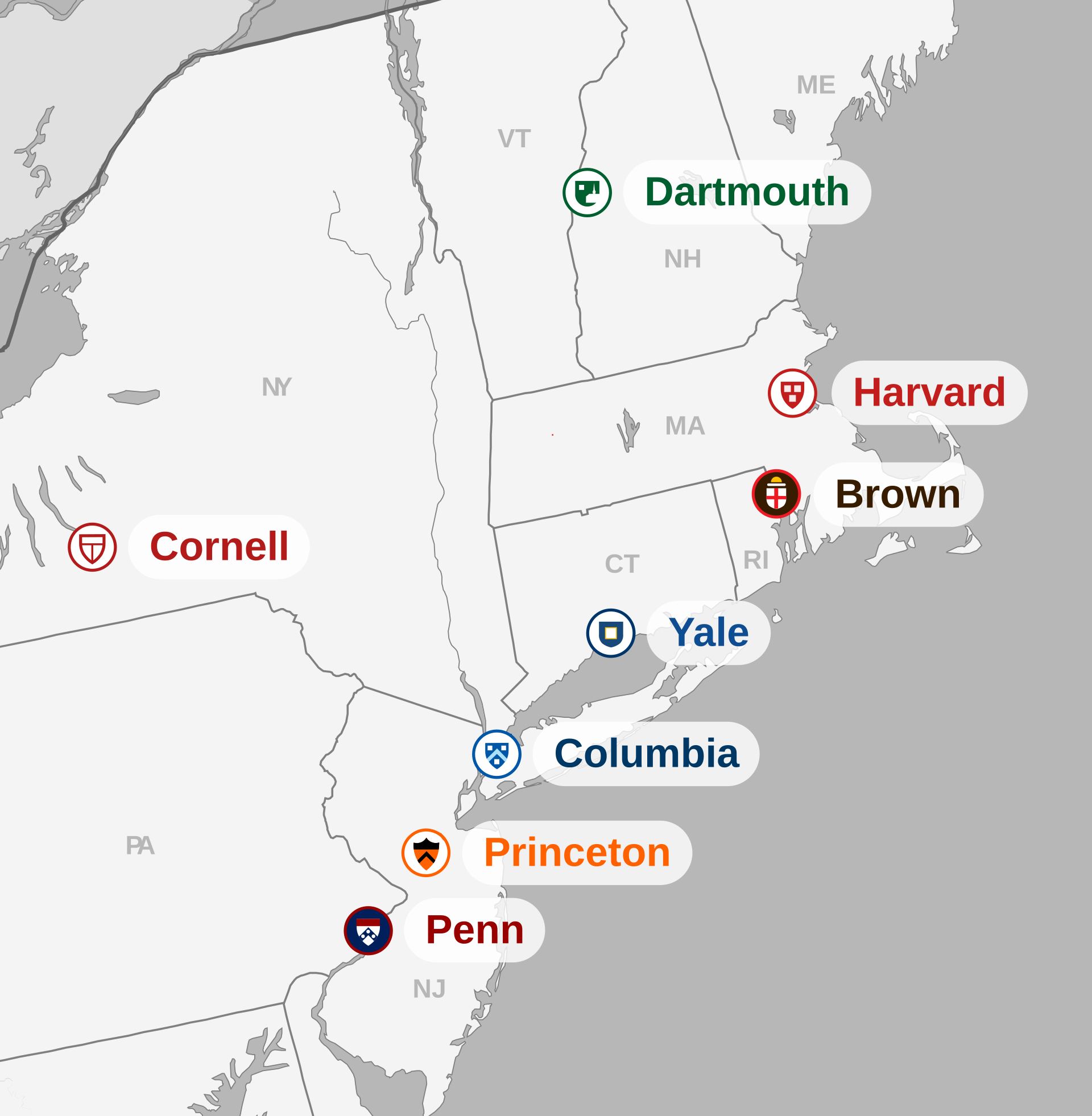The remarkable distances you can travel on a European train in less than a day
Travelers visiting Europe are usually recommended to travel by train rather than plane or car. Trains are considered safe, fast and cheap. But as a new study project shows, there are significant differences in Europe: Whereas you can travel from London to Paris in less than 4 hours, covering the same distance can last more than 22 hours in eastern Europe.

Peter Kerpedjiev, a Ph.D. student at the University of Vienna in Austria, collected data that allows remarkable insights into Europe’s railway network. He selected 28 European cities and illustrated which neighboring cities or areas could be reached within a certain time.
The maps below illustrate the most fascinating results that can be drawn from Kerpedjiev’s data.
If you prefer fast rides, start somewhere close to Paris or London

Europe’s most high-speed train network is located in the west of the continent. London, Paris, and Brussels form a triangle connected by high-speed trains.

Parisians do not only have easy access to their own country and London but also to Germany.
Eastern Europe is incredibly poorly connected

In contrast to Western Europe, the continent’s east is lagging far behind in the development of its train network.

Whereas Belgrade in Serbia is still comparatively well connected, Podgorica in Montenegro, for example, is practically cut off from the rest of Europe.
Scandinavia is surprisingly well connected

Despite a low population density, and long intervals within the few large cities, the Scandinavian rail network is surprisingly fast. From Sweden’s Stockholm, you can reach Norway’s capital Oslo as well as Denmark’s Copenhagen in less than 8 hours.
What’s the best train route for tourists?
Based on his data visualizations, Kerpedjiev advises that travelers start in London, Brussels or Paris and explore the cities by high-speed rail. Next, he would travel to Geneva, which is located in the Alps in Switzerland, using a high-speed TGV connection.
Alternatively, one could decide to travel to Cologne, Hamburg or Berlin in Germany. You might end the journey to Copenhagen in Denmark.

See also:
– How long it takes to travel from London by train
– How long it takes to travel from Paris by train
– How long it takes to travel from Berlin by train








